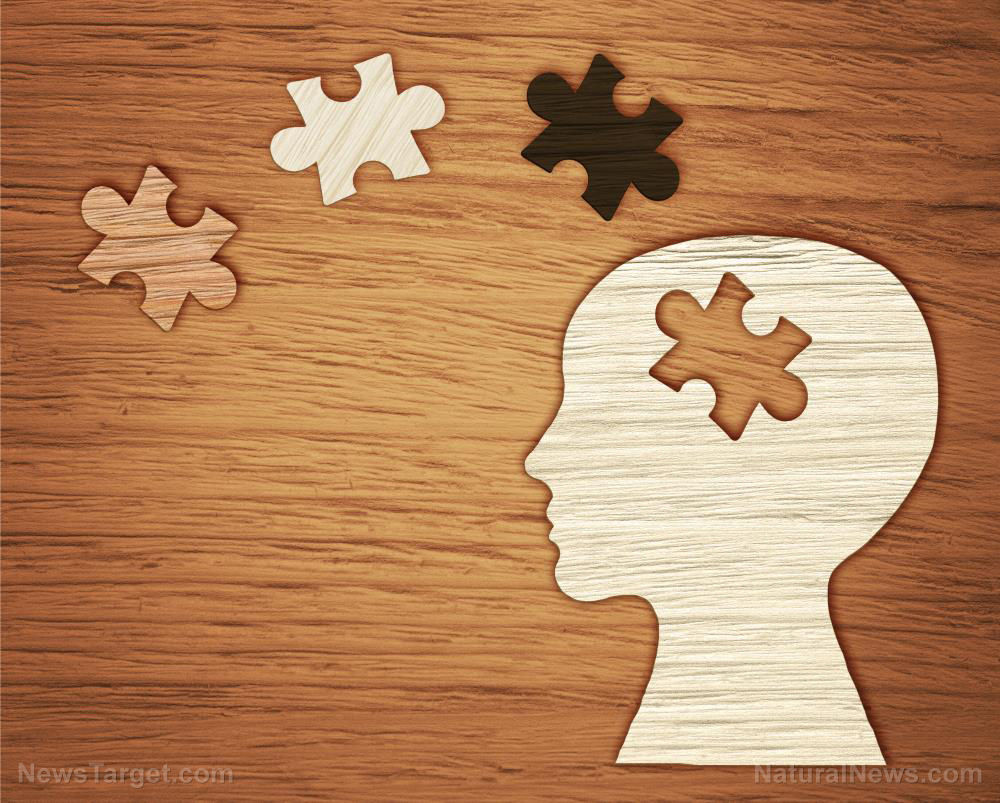Gender IS binary: Research shows that even illnesses such as depression affect men and women differently on a DNA level
04/11/2018 / By Ethan Huff

To all of the people out there who believe that gender is merely a “social construct,” you might want to take a look at new research published in the journal Biological Psychiatry, which found that men and women are biologically different in profound ways, including in the unique ways that their brains function.
Researchers from the University of Pittsburgh looked specifically at how men and women are diagnosed with depression. They combined eight separate datasets, four in men and four in women, as part of a larger meta-analysis that sought to uncover any brain variances that might exist between men and women with depression disorders.
Because many studies on major depressive disorder, also known as MDD, have focused only on men, this one carefully evaluated both genders – the first of its kind to do so. And the findings it produced are telling, as they reveal that the genetic expression in men diagnosed with MDD is different than that of women diagnosed with MDD, despite the fact that both genders have the exact same disease.
Postmortem analyses of brain tissue samples taken from 50 people with MDD, including 26 men and 24 women, showed that genetic expression between the two sexes was all over the place. Even for the exact same symptoms sets, the brain switches in men with MDD were markedly different than that of women with MDD, proving that men and women are uniquely different in terms of brain function.
“Most of the genes that had altered expression were changed in only men or only women. However, genes that were altered in both men and women were changed in opposite directions,” explains a report on the study by Science Daily.
“Women had increased expression of genes affecting synapse function, whereas men had decreased expression of the same genes. Women had decreases in genes affecting immune function, whereas men had increased expression of these genes.”
Boys aren’t girls, period
Just to make sure that they covered all of their bases, the researchers included as part of their analysis all three regions of the human brain that regulate mood, and that are associated with MDD. These include the anterior cingulate cortex, the dorsolateral prefrontal cortex, and the amygdala.
And sure enough, they found that gene expression in each of these three brain areas was opposing between men and women subjects. In other words, in areas of these brain regions where women had increased expression of a particular gene, that same gene in men was found to have the opposite expression.
The male brain differs from the female brain in other areas as well, including in their choice of hobbies and material goods. Little boys, a University College London study revealed earlier this year, tend to naturally choose gender-specific toys like cars, trucks, and play-weapons, while little girls tend to opt for dollars and other “girly” things.
None of this is politically correct to say anymore, of course, but it’s all true. And were scientists to delve into other areas of biological variance with an open mind, they would surely stumble upon other differences between males and females that completely annihilate the liberal myth that there are no genders and everyone is exactly the same.
“These results have significant implications for development of potential novel treatments and suggest that these treatments should be developed separately for men and women,” says Dr. Marianne Seney, Ph.D., the lead author of the MDD study, about the need for individualized depression treatments that take into account one’s biological gender.
To keep up with the latest news about human biology and the ongoing gender debate, visit Gender.news.
Sources for this article include:
Tagged Under: brain function, depression, female, gender, gender preferences, gender science, gene expression, LGBT, Male, men, mental health, neurology, research, science, two genders, women
RECENT NEWS & ARTICLES
COPYRIGHT © 2017 BRAIN NEWS


















